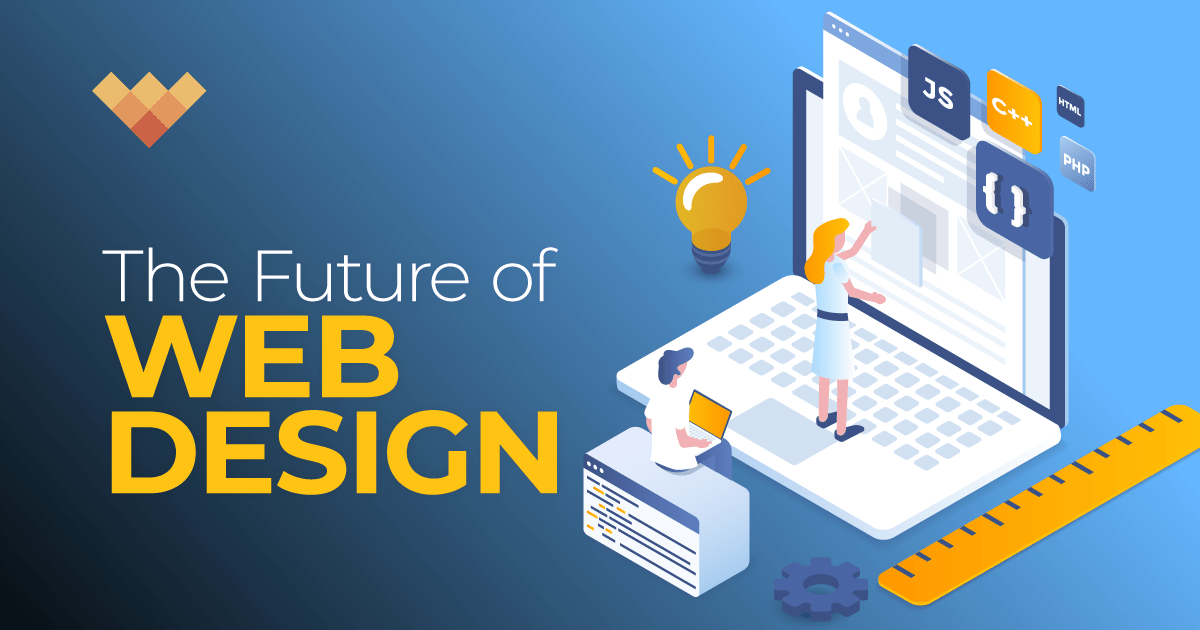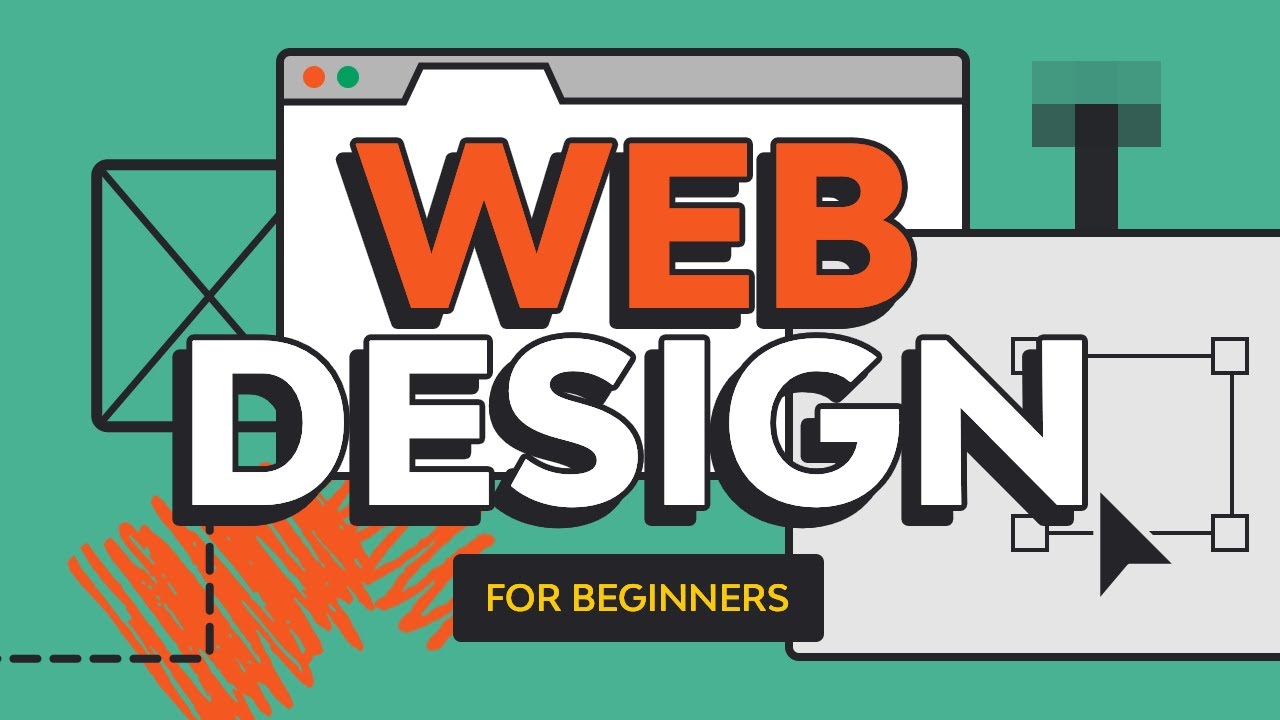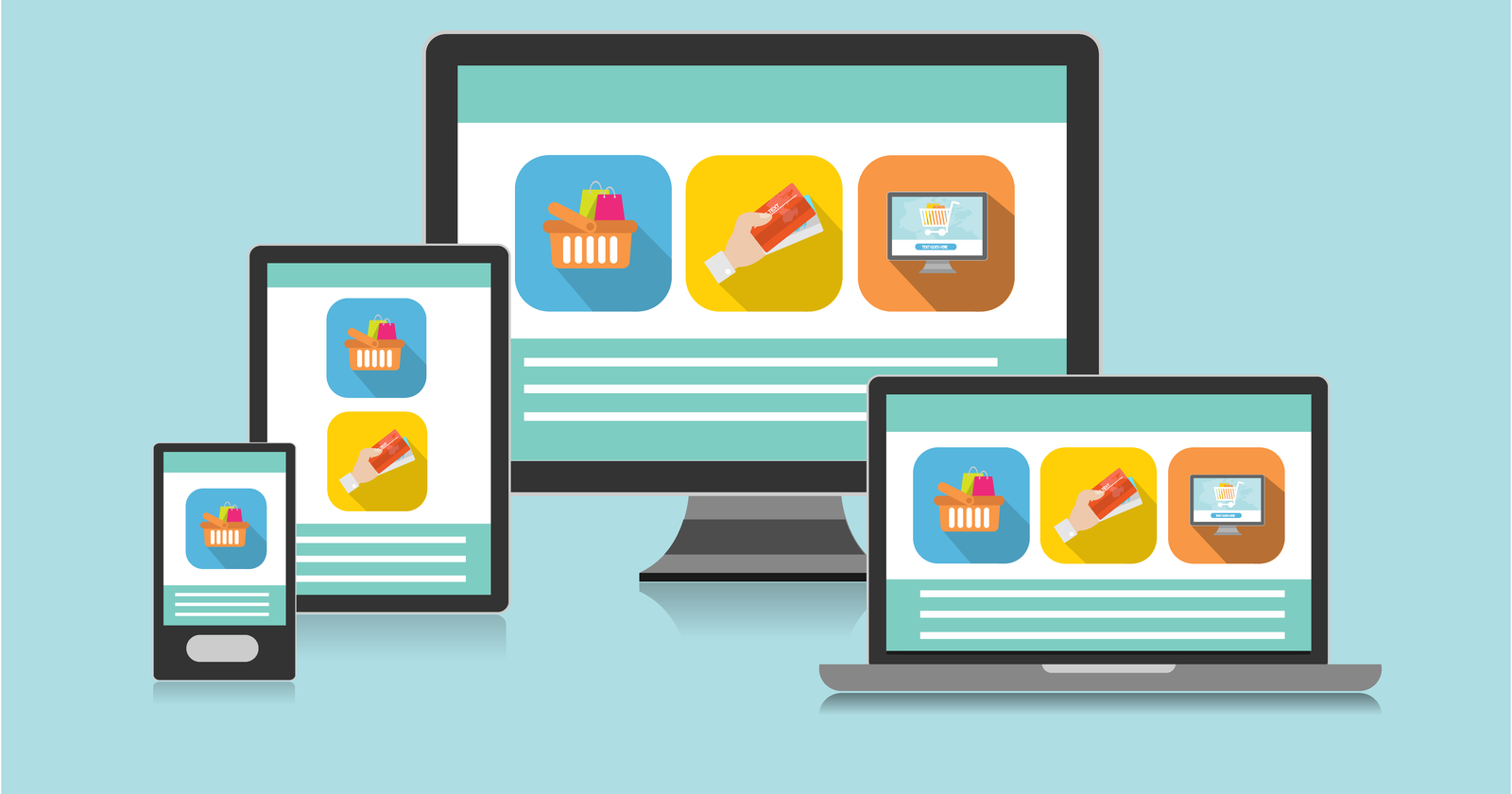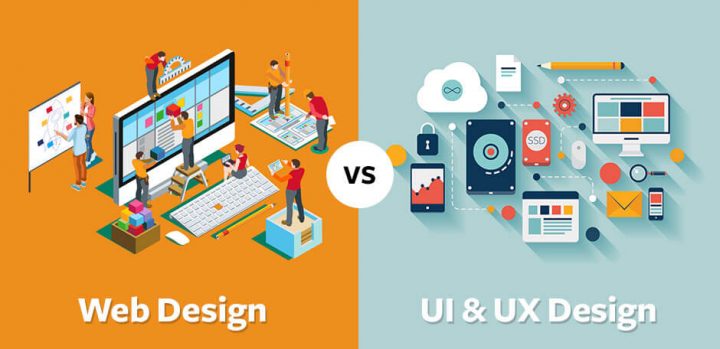As technology continues to advance at a rapid pace, web design is also evolving to keep up with changing trends and user needs. Here are 10 predictions for the future of web design:
- Increased Use of Artificial Intelligence (AI) Artificial Intelligence is becoming more prevalent in web design. AI can be used to personalize content, create chatbots for customer service, and improve user experience by providing real-time feedback and suggestions.
- Greater Focus on User Experience (UX) User experience will continue to be a key consideration in web design. Sites will need to be fast, mobile-friendly, accessible, and visually appealing to meet user expectations and improve engagement.
- More Emphasis on Accessibility As web design becomes more inclusive, accessibility will become a top priority. Websites will need to be designed with accessibility in mind to accommodate users with disabilities.
- Increased Use of Voice User Interfaces (VUI) Voice user interfaces are becoming more common, thanks to advances in natural language processing and speech recognition technology. Websites will need to be designed to support voice search and commands.
- Greater Use of Augmented Reality (AR) Augmented reality is becoming more prevalent in web design. Websites can use AR to enhance the user experience, such as allowing users to preview products in 3D.
- More Customization and Personalization As websites become more data-driven, customization and personalization will become more common. Sites will use data to personalize content, offers, and user experience.
- Continued Growth of Mobile-First Design Mobile-first design is becoming more prevalent, as more users access the web from their mobile devices. Websites will need to be designed with a mobile-first approach to improve user experience and engagement.
- Greater Use of Animation and Microinteractions Animation and microinteractions can enhance user experience and engagement. Websites will use animation and microinteractions to guide users through the site and provide feedback.
- Increased Use of Minimalist Design Minimalist design is becoming more common, as websites focus on simplicity and ease of use. Websites will use minimalist design to create clean and simple interfaces that are easy to navigate.
- Growth of Progressive Web Apps (PWA) Progressive Web Apps are becoming more popular, as they offer users the convenience of a mobile app with the accessibility of a website. Websites will continue to adopt PWAs to improve user experience and engagement.
In conclusion, web design is constantly evolving to meet changing trends and user needs. As technology continues to advance, we can expect to see more AI, AR, and VUI in web design, as well as greater emphasis on UX, accessibility, customization, and personalization. Mobile-first design, minimalist design, animation, microinteractions, and PWAs will also continue to grow in popularity.




